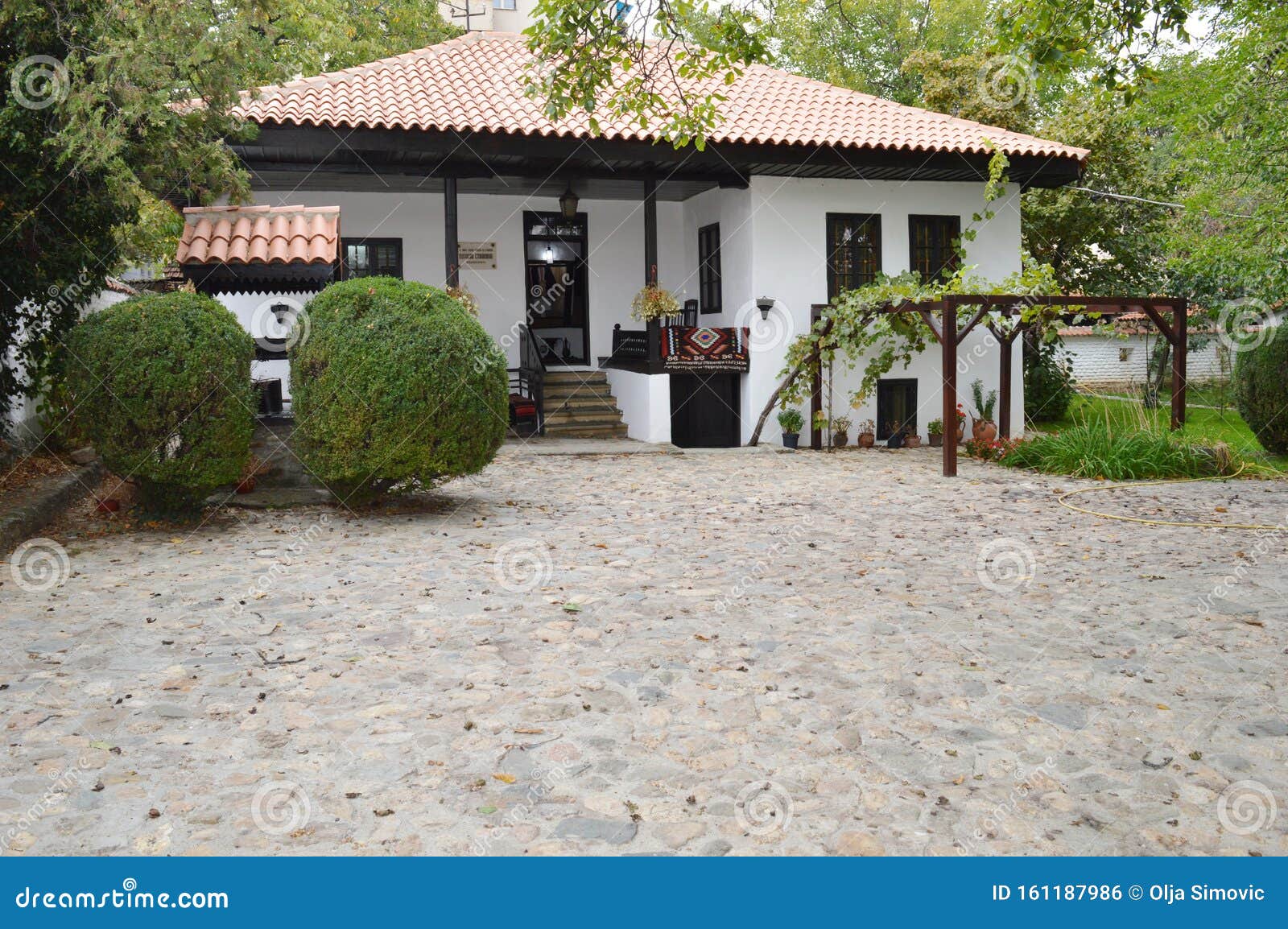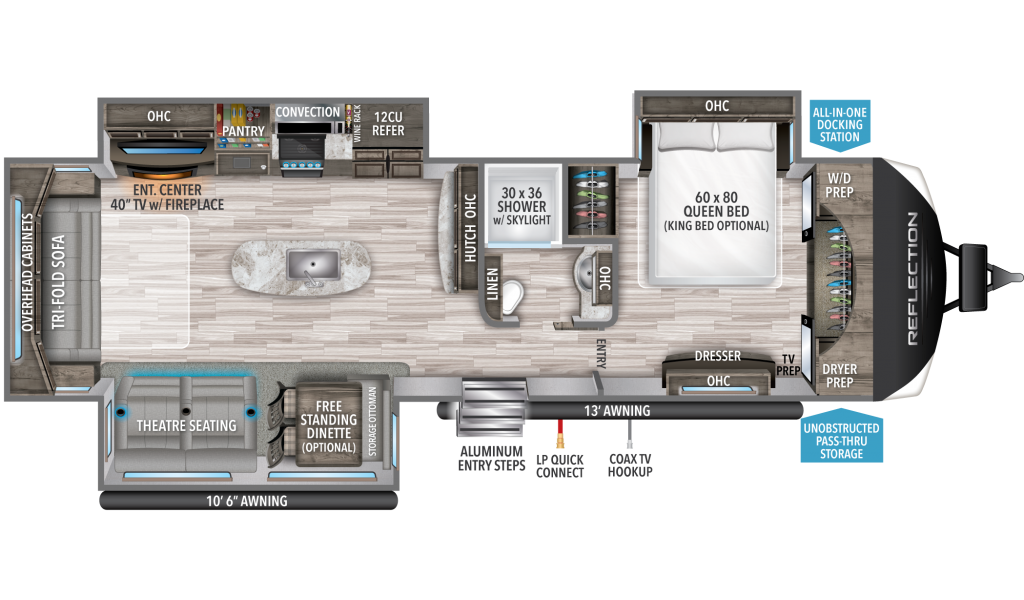Table Of Content

The White House underwent a significant external renovation to strip the many layers of paint, which took 20 years and wasn’t completed until President William ‘Bill’ Clinton’s administration. When finished, over 45 coats of paint had been removed from the exterior walls. In 1792, James Hoban had proposed a south porch with doors opening to it from the three south parlors. These were not constructed until 1824 (the south portico) and 1829 (the north portico) and then under the supervision of James Hoban.
The White House grounds were once open to anyone
Architect Lorenzo Winslow oversaw the three-year gut renovation, during which the inside of the White House was demolished and completely rebuilt. “The Truman renovation is the largest reconstruction at the White House because of the sheer amount of demolition and reconstruction that you see inside,” says Fling. Scars from the 1814 fire appeared 176 years later, in 1990, when white paint was removed from the walls in the course of restoration.
Setting the Stage: Building a National Capital
The Cabinet Room has a large mahogany table where the president can meet with his entire cabinet of 15 cabinet-level secretaries, such as the Secretary of State, Secretary of Defense, Secretary of the Treasury, and Attorney General (Secretary of the Justice Department). Spread out over what is today Lafayette Square and the North Lawn of the White House were brickyards and kilns, the carpenters’ hall, storehouses, the cookhouse, and the stonecutters’ lodges. On the South Lawn were a sawmill and at least one pit for tempering bricks. There were several pits for sawing logs—one man standing above and another in the hole, sawing the log with a long saw in between. Sawyers listed on government payrolls such as “Jerry,” “Charles,” “Len,” “Dick,” “Bill,” and “Jim” were black laborers hired from their masters. Experienced carpenters and master stonemasons were rare in America, so most of the skilled builders were Scots, Irish, and English.
Inside Kid Rock's new home he built to look like The White House - UNILAD
Inside Kid Rock's new home he built to look like The White House.
Posted: Mon, 12 Jun 2023 07:00:00 GMT [source]
facts you might not know about the White House, home of the president of the USA
When President Harry S. Truman moved into the White House in 1945, he became concerned about the state of the building. In 1947, a chandelier in the Blue Room almost fell on Bess Truman and her guests from the Daughters of the American Revolution, and in 1948, the leg of Margaret Truman’s piano pierced through the floor of what is now the private dining room. Engineers confirmed that the building was at risk of collapse, and Truman and his family relocated to Blair House, the president’s guesthouse located nearby at 1651 Pennsylvania Ave.

Reconstruction and expansion began under Hoban’s direction, but the building was not ready for occupancy until 1817, during the administration of Pres. Hoban’s reconstruction included the addition of east and west terraces on the main building’s flanks; a semicircular south portico and a colonnaded north portico were added in the 1820s. The mansion quickly became a focal point of the new federal city and was symbolically linked to the United States Capitol by way of Pennsylvania Avenue. Following his inauguration in March 1801, Jefferson became the second president to reside in the executive mansion. In keeping with his ardent republicanism, he opened the house to public visitation each morning, a tradition that was continued (during peacetime) by all his successors. He personally drew up landscaping plans and had two earthen mounds installed on the south lawn to remind him of his beloved Virginia Piedmont.
The Royal Exchange and Newcomen Bank also influenced Hoban’s designs for the home of American presidents. The house was burned down by British troops in 1814 and only its outer walls remained. It was redesigned and reconstructed by both Latrobe and Hoban between 1815 and 1817. The portico on the south was built in 1824 while the north one was built in 1830.
Design

The plans included the location for the future White House, the Capitol to house Congress, and the National Mall. James Hoban, an Irish immigrant and architect hand-picked by President George Washington, designed the original building. After the British set fire to it in 1814, during the War of 1812, Hoban led the effort to rebuild the structure. Despite all his tweaks, Jefferson did not change the appearance of the house substantially.
According to the White House Historical Association, Washington, D.C.’s city commissioners originally planned to spirit workers from Europe for the construction, which started in 1792 and took eight years to complete. When they got little response, they instead enlisted the labor of both free and enslaved African Americans to work alongside local white laborers and craftsmen, plus a handful of Europeans to build not just the president's home, but other government buildings such as the U.S. During the final days of White House construction, labor forces—both enslaved and free—were drastically cut by the commissioners. By this point, the exterior was largely finished, and free white carpenters furiously worked to finish the interiors.
The History of Advent
Rebuilt after a British attack in 1814, the “President’s House” evolved with the personal touches of its residents, and accommodated such technological changes as the installation of electricity. The building underwent major structural changes in the early 1900s under Teddy Roosevelt, who also officially established the “White House” moniker, and again under Harry Truman after WWII. Counting the Oval Office and the Rose Garden among its famous features, it remains the only private residence of a head of state open free of charge to the public. This May 1795 payroll lists the carpenters who worked on the President’s House. The government did not own slaves, but officials did hire out enslaved laborers from their owners. Slave carpenters Peter, Ben, Daniel, and Harry were noted as owned by James Hoban.
The first president to live in the White House was John Adams, the second president and first vice president (serving under George Washington), whose family took up residence in 1800. Hoban was hired as the superintendent not only for the White House but also for other public buildings. On the morning of July 19, 1792, three volunteer commissioners that Washington had appointed to oversee the building of the federal city—Daniel Carroll, Thomas Johnson, and David Stuart—watched Hoban stake out the foundations of the President’s House. He had trouble doing so, as L’Enfant’s plan called for a much larger palace; the cellars already dug out swallowed up the footprint of Hoban’s house. Hoban and the commissioners left it up to George Washington, the former surveyor, to locate the north wall. Hoban made the adjustments and directed laying out the wall foundations from a post designated by Washington that indicated the center of the North Front door.
The White House Visitors Centre is worth visiting regardless as a great source of White House history, including details of the building’s architecture and history. There are plenty of fun anecdotes and a comprehensive American Presidential history. Allow an hour or two to do it justice and the visitors centre is open until 4pm daily.
Historians Are Searching For Stories Of Enslaved People Who Built The White House - NPR
Historians Are Searching For Stories Of Enslaved People Who Built The White House.
Posted: Fri, 02 Jul 2021 07:00:00 GMT [source]
Just before the demolition, the wallpaper was salvaged and sold to the White House. Jacqueline Kennedy, wife of President John F. Kennedy (1961–63), directed a very extensive and historic redecoration of the house. Thomas Jefferson added his own personal touches upon moving in a few months later, installing two water closets and working with architect Benjamin Latrobe to add bookending terrace-pavilions. Having transformed the building into a more suitable representation of a leader’s home, Jefferson held the first inaugural open house in 1805, and also opened its doors for public tours and receptions on New Year’s Day and the Fourth of July. Fujinaga testified his company owned 12 parcels in HPP and built on and sold 11 of those. The other parcel is the vacant one-acre lot on which the house built on Reynolds’ land was supposed to be constructed.
Although the exterior has remained similar since the completion of the North Portico in 1830, the mansion’s interior was totally renovated between 1948 and 1952 under President Harry S. Truman. The Executive Mansion has 132 rooms, including 35 bathrooms, spread over six levels. The first guards served as tour guides during the day, and only in 1830 were the first formal guards stationed outside the mansion during public events. In 1837, the White House finally received its first full-time guard, with multiple guards only becoming standard in the 1840s.
It has hosted longstanding traditions such as the annual Easter Egg Roll, as well as historic events like the 1987 nuclear arms treaty with Russia. The only private residence of a head of state open free of charge to the public, the White House reflects a nation’s history through the accumulated collections of its residing presidents, and serves as a worldwide symbol of the American republic. Commissioners originally tried to bring cheap workers over from Europe to build the new capital, their recruitment efforts fell short.
Until the 1900s, the vice president actually lived at his private residence, which was not unexpected due to the few duties of the position. Until the 1920s, for instance, vice presidents were not even invited to attend Cabinet meetings. Only in 1974 did Congress decide to make the Naval Observatory, a residence built in 1893 for the superintendent of US Naval Operations (USNO), the residence of the vice president. However, only in 1977 did Vice President Walter Mondale (under President Jimmy Carter) use the Naval Observatory as a primary residence for the first time. Running water was added to the mansion in 1833, including a pump to get water to the second floor. The 1840s saw additions of natural gas to the White House, providing centralized heat and replacing candles with gas lights.

No comments:
Post a Comment